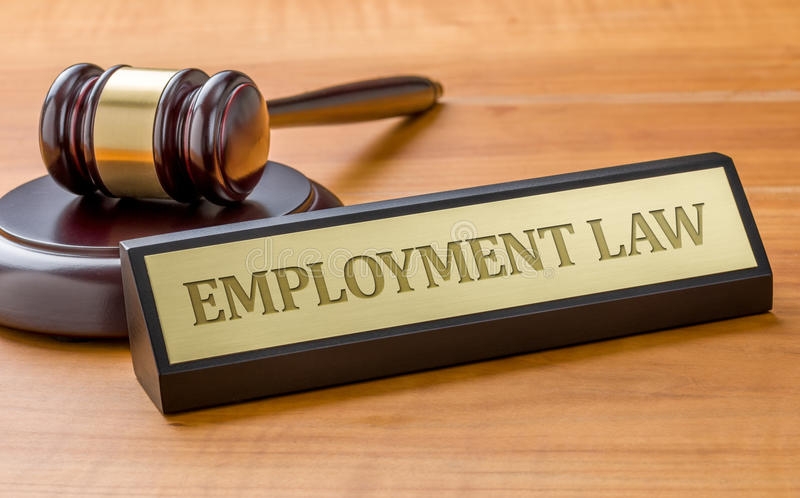 In what was quite an unexpected development on 31st October 2020, the Prime Minister announced a four week national lockdown between 5 November and 2 December, and consequent Furlough Scheme extension (Coronavirus Job Retention Scheme CJRS).
In what was quite an unexpected development on 31st October 2020, the Prime Minister announced a four week national lockdown between 5 November and 2 December, and consequent Furlough Scheme extension (Coronavirus Job Retention Scheme CJRS).
It has now been confirmed as of 5 November 2020 that the Coronavirus Job Retention Scheme will run until 31 March 2021.
Furlough Scheme Extension - Your Key FAQs Answered
FAQ 1. I had been intending on implementing the new Job Support Scheme – can I go ahead with this instead?
No. Guidance related to the Job Support Scheme has now been withdrawn by the Government and given that the CJRS has now been extended until March 2021, it is unlikely that the Job Support Scheme will be implemented at all.
If you have already communicated with you employees about the Job Support Scheme and reached agreement with them, we recommend that you speak to them urgently to explain the development and obtain their agreement to being placed on furlough or flexible furlough in terms of the CJRS.
FAQ 2. Will I need to contribute towards employee wages as I did in September and October?
Until January 2021, the level of the grant available will mirror the levels available in August. This means that Employers will be able to
claim a grant of 80% of employee’s normal wages up to a cap of £2500, however, Employers will be required to pay employer National Insurance and pension contributions.
The CJRS will be reviewed in January, and, if economic circumstances have improved, the Government may re-introduce employer contributions.
FAQ 3. Will I be able to flexibly furlough staff or must they be on full furlough?
Yes, you will be able to continue furloughing staff on a part time basis, in addition to full time furlough. You can furlough staff on a hourly or weekly basis according to business needs, and there is no minimum period of furlough. As under the original flexible furlough scheme, you will be required to pay employees in full for any hours that they work and will be able to claim a grant of 80% of their normal wages for any unworked hours. Calculations of normal hours and pay will broadly follow the same methodology as the original CJRS.
FAQ 4. Can I furlough employees who are working their notice?
No. New guidance was published on 13 November 2020 which confirms that, employers will not be able to claim the grant for any claim period starting on or after 1st December, during which an employee was on either statutory or contractual notice. This includes employees who have been given notice of redundancy, who have resigned, retired, or have been dismissed for any other reason.
FAQ 5. Can I use the scheme if I didn’t furlough any employees under the original CJRS?
Yes. The scheme has been re-opened to new entrants.
FAQ 6. I have recruited several new employees over the last few months – will I be able to furlough them?
Potentially yes. For an employee to be eligible under the extended CJRS, an RTI submission for that employee must have been made to HMRC on or before 30th October 2020, opening up access to the scheme quite significantly. However, employers should be aware that, if an employee was recruited before 30th October, but was not included in the October payroll, they will not be eligible.
FAQ 7. Can I furlough casual workers and zero hour employees?
Yes. Casual workers, zero hour employees and apprentices are all eligible under the scheme.
FAQ 8. I made several employees redundant in October as the CJRS scheme was coming to an end. Can I re-engage them and furlough them for a further month?
The Government have now confirmed that any employees who were employed and on the payroll on 23 September 2020 and subsequently left employment can be re-employed and claimed for. The employer must have made an RTI) submission to HMRC from 20 March 2020 to 23 September 2020.
FAQ 9. I have agreed an increase/reduction in salary with my employees. Should I calculate their furlough pay based on their original salary, or their new salary?
For any employees who have previously been furloughed, you must use the same calculations for calculating reference pay and usual hours as under the original CRJS. Therefore, you should not base furlough pay on any recent salary increase or reduction.
For any employee was not previously furloughed you must calculate the wages on the following basis:
- For fixed salary or hourly paid workers whose pay does not vary - 80% of the wages payable in the last pay period ending on or before 30 October 2020.
- For workers whose pay varies - 80% of the average payable between (these dates are inclusive) the start date of their employment or 6 April 2020 (whichever is later) and the day before their furlough period begins.
FAQ 10. Are there any new rules about the operation of the scheme that I need to be aware of?
The new scheme is essentially an extension of the original CJRS, and, although we are awaiting more detailed guidance, we do not expect that there will be any major changes to the original scheme.
FAQ 11. Will I still be able to claim the Job Retention Bonus in February?
No. Due to the extension of the CJRS, the retention incentive has now been postponed, as the purpose of this was to encourage employers to retain employees beyond January.
FAQ 12.What should I do now?
If you are intending on implementing the scheme for the first time, or extending your current furlough arrangements, it is important that you urgently communicate your intentions to your employees and seek their agreement. We recommend that you obtain employees written agreement to any new period of furlough, Wirehouse clients have access to a range of template letters which can be adapted to individual circumstances. Please email our client advice line team if you require letters to furlough or to flexibly furlough any of your employees.
If you are not a Wirehouse client and need help with issues surrounding the Furlough Scheme, please get in touch with our HR team today to arrange your consultation.
Guidance will be updated as soon as more detailed information is made available about the Furlough Scheme extension. In what was quite an unexpected development on 31st October 2020, the Prime Minister announced a four week national lockdown between 5 November and 2 December, and consequent Furlough Scheme extension (Coronavirus Job Retention Scheme CJRS).
It has now been confirmed as of 5 November 2020 that the Coronavirus Job Retention Scheme will run until 31 March 2021.
In what was quite an unexpected development on 31st October 2020, the Prime Minister announced a four week national lockdown between 5 November and 2 December, and consequent Furlough Scheme extension (Coronavirus Job Retention Scheme CJRS).
It has now been confirmed as of 5 November 2020 that the Coronavirus Job Retention Scheme will run until 31 March 2021.




